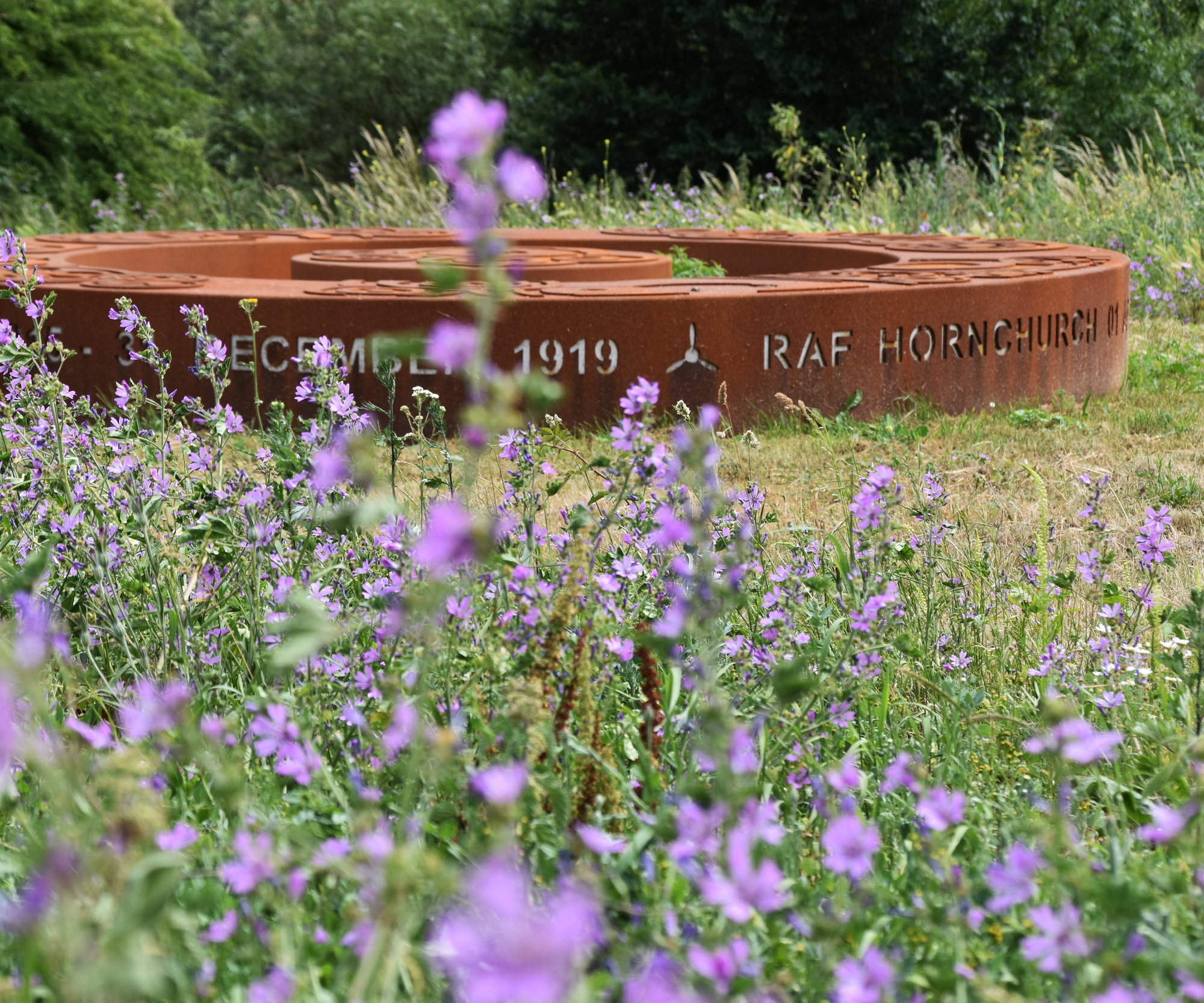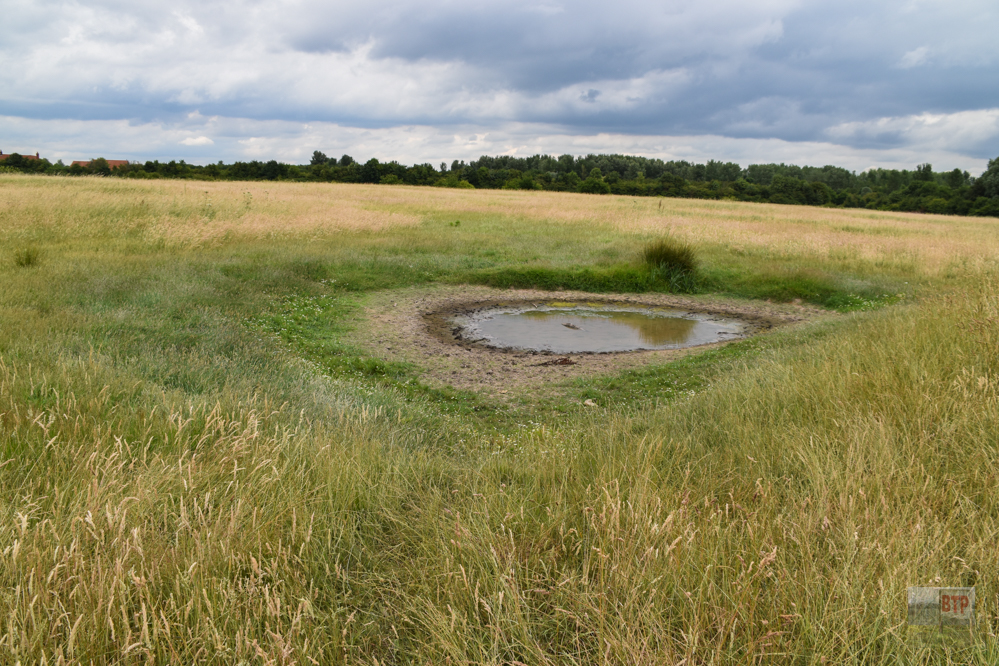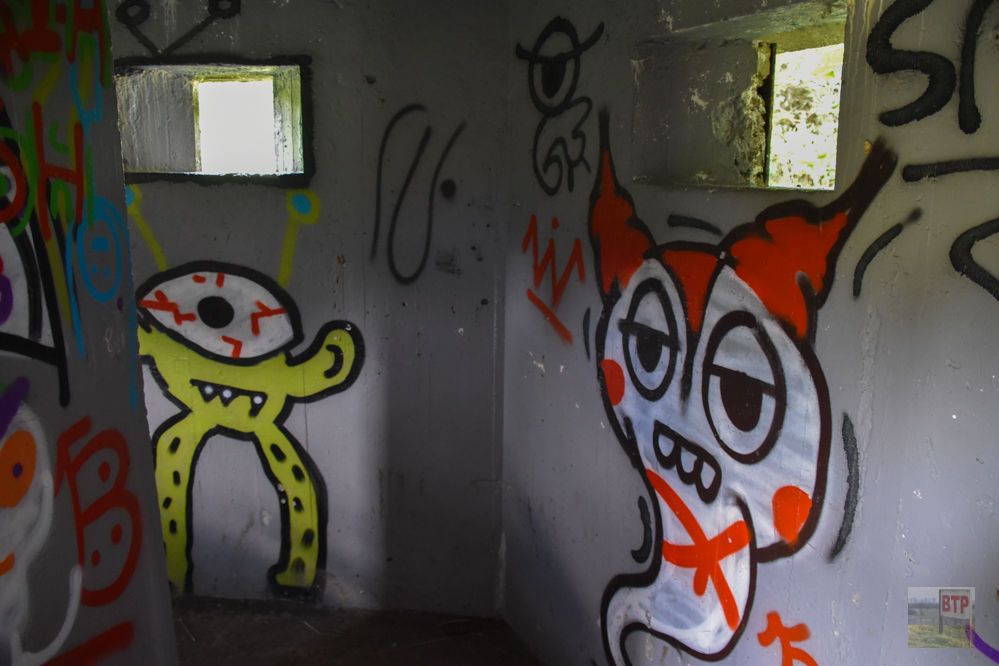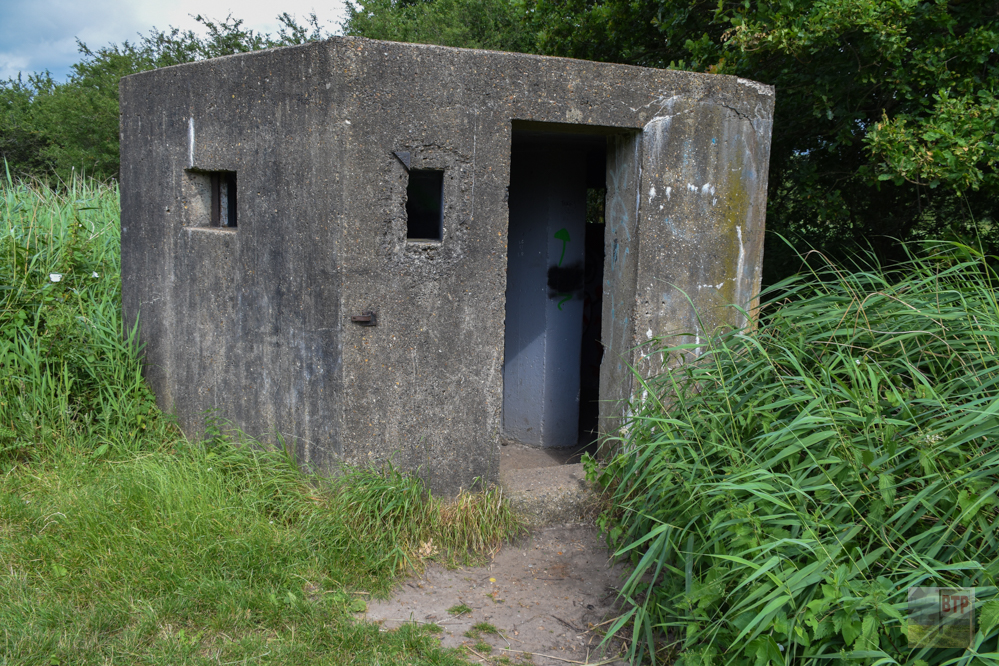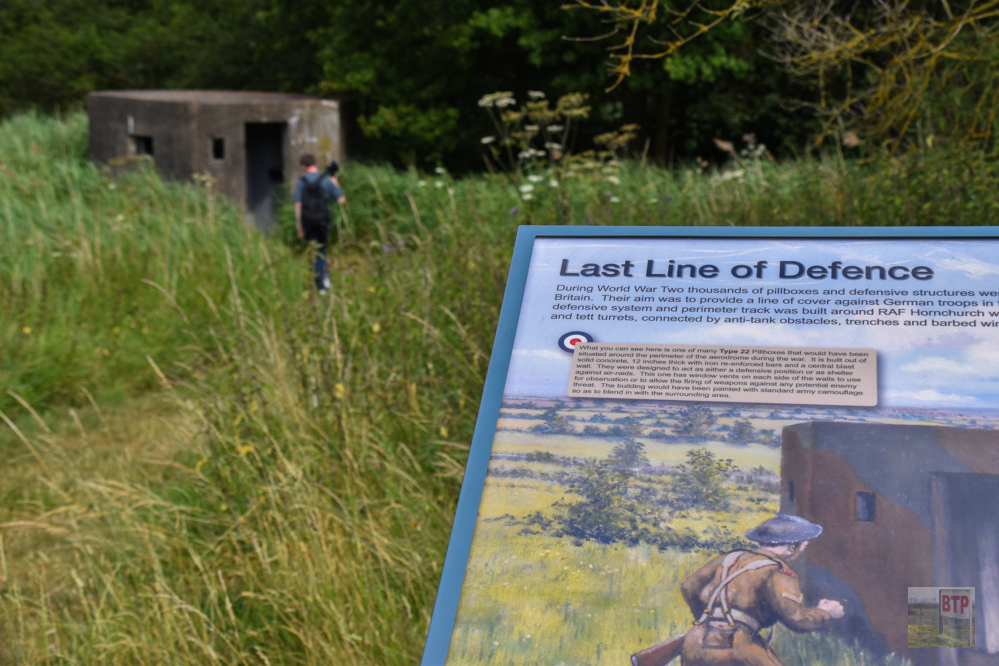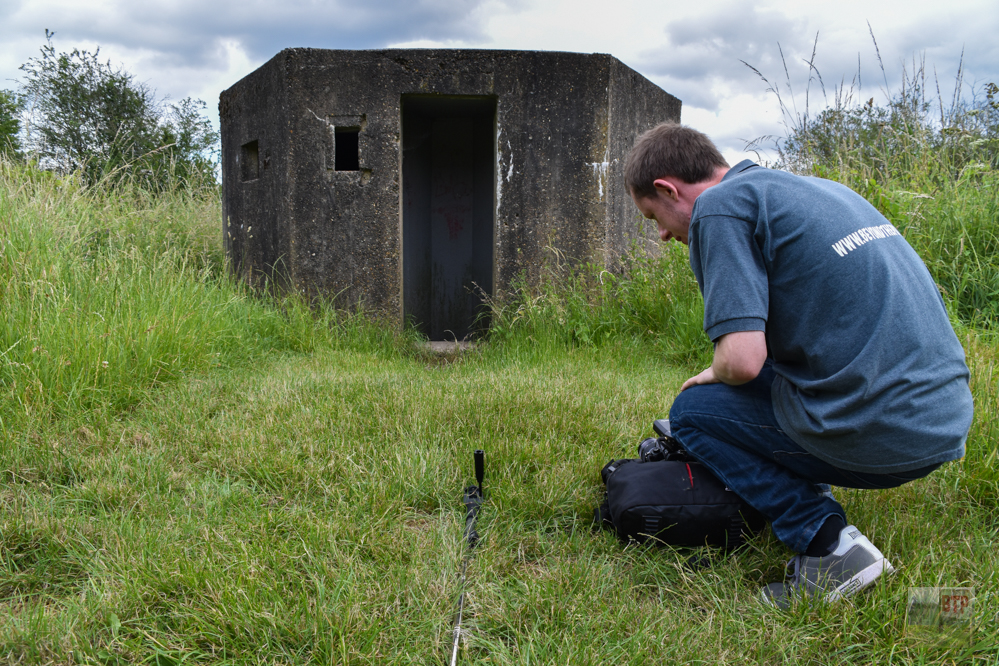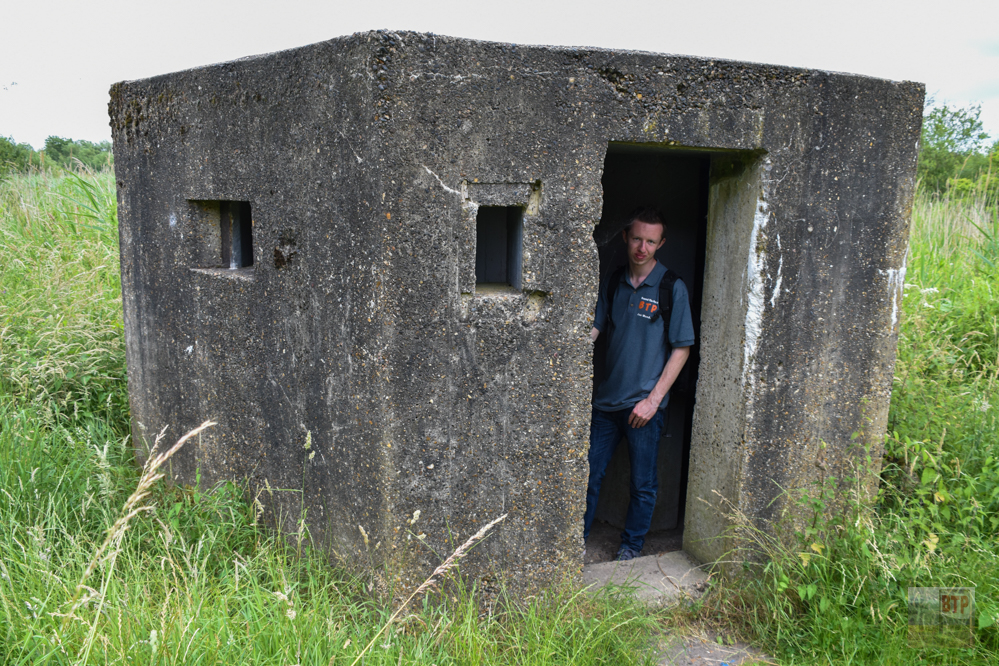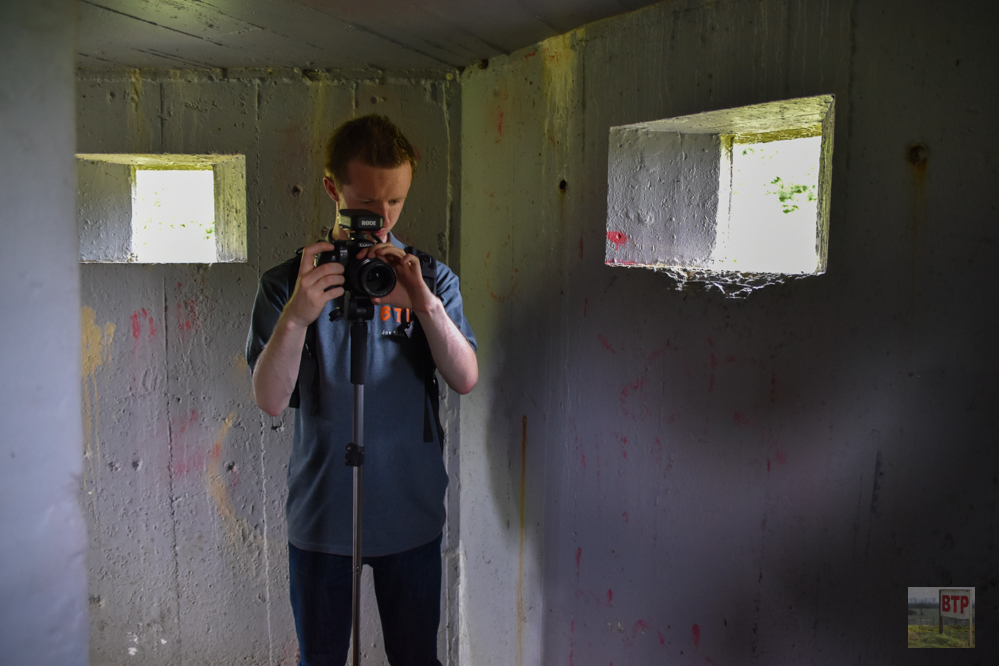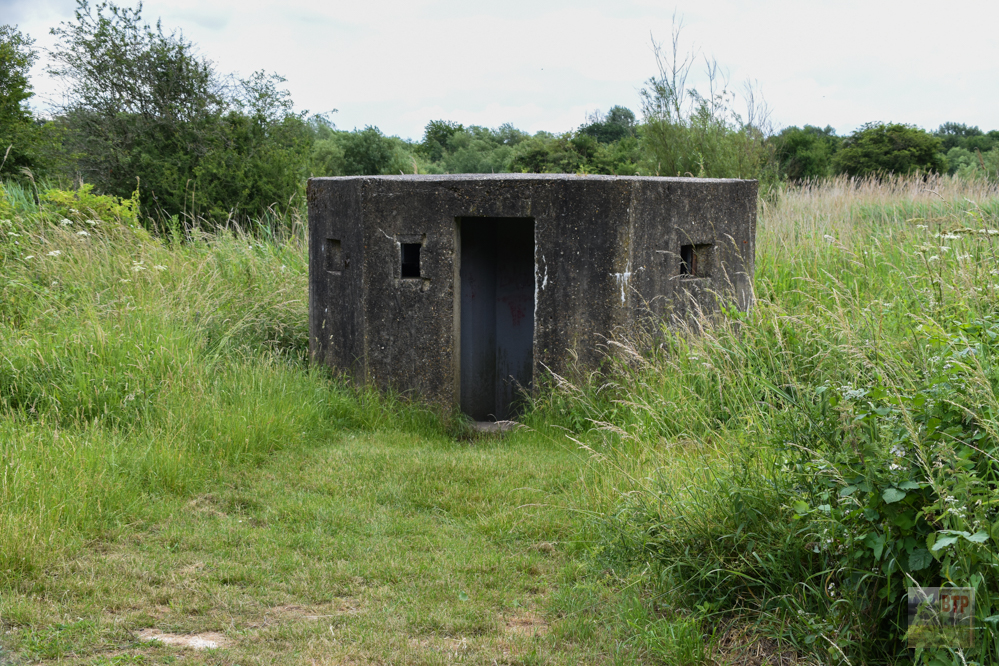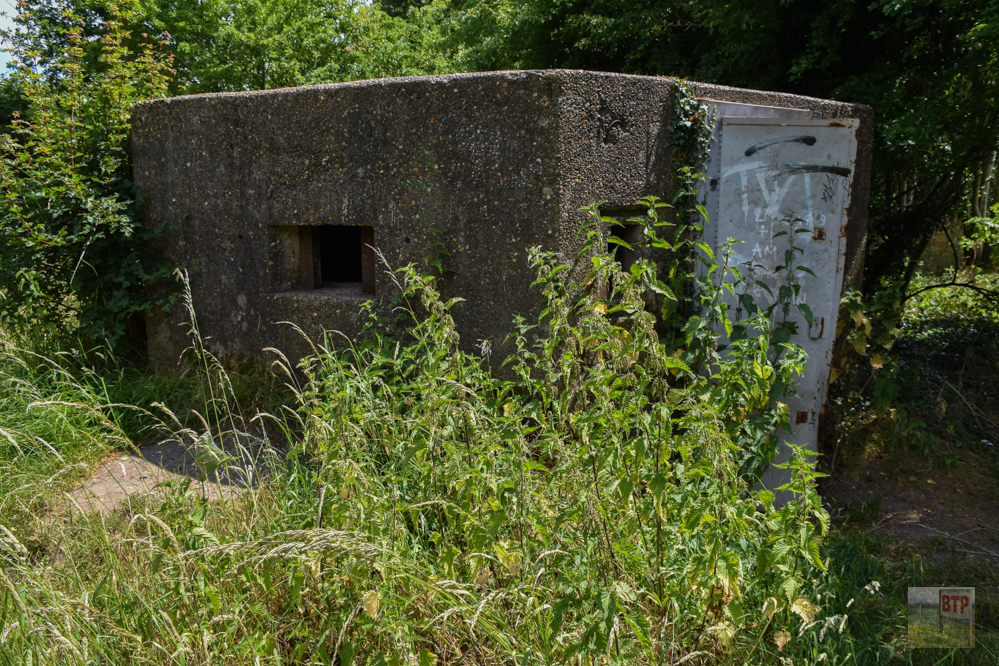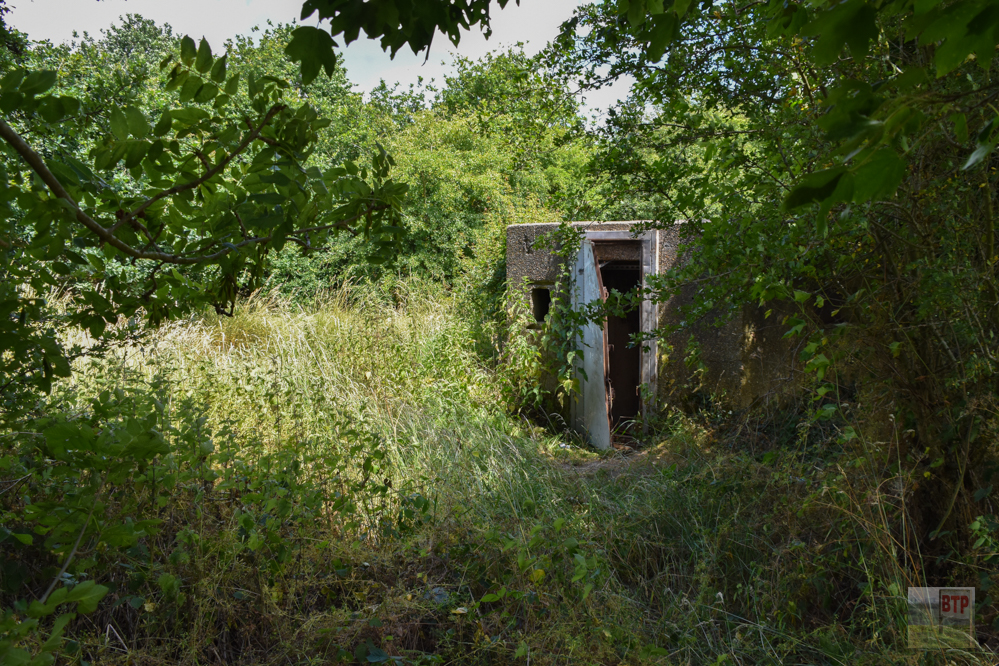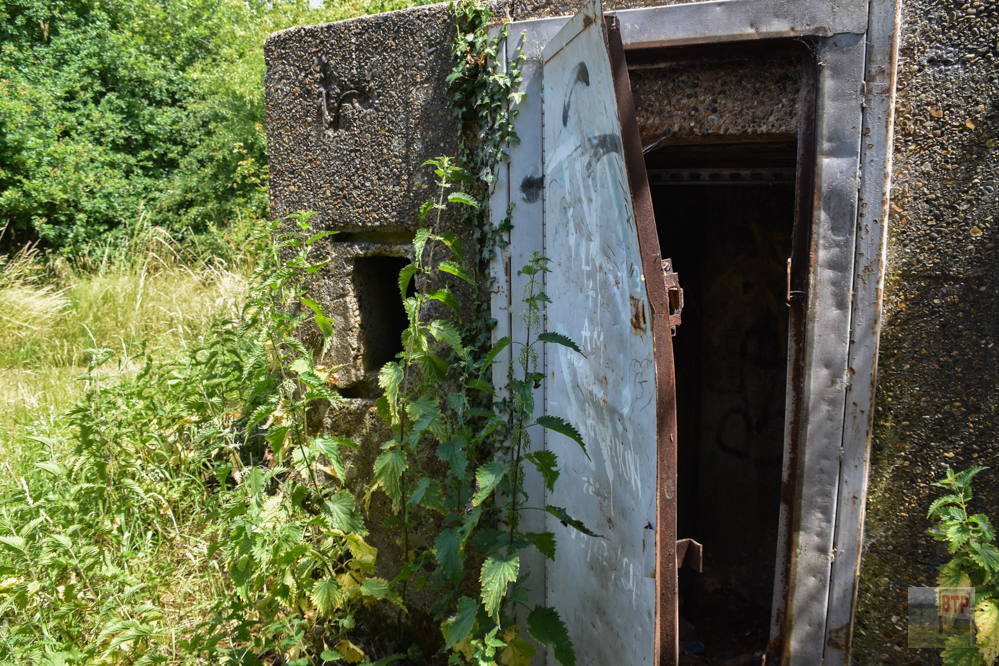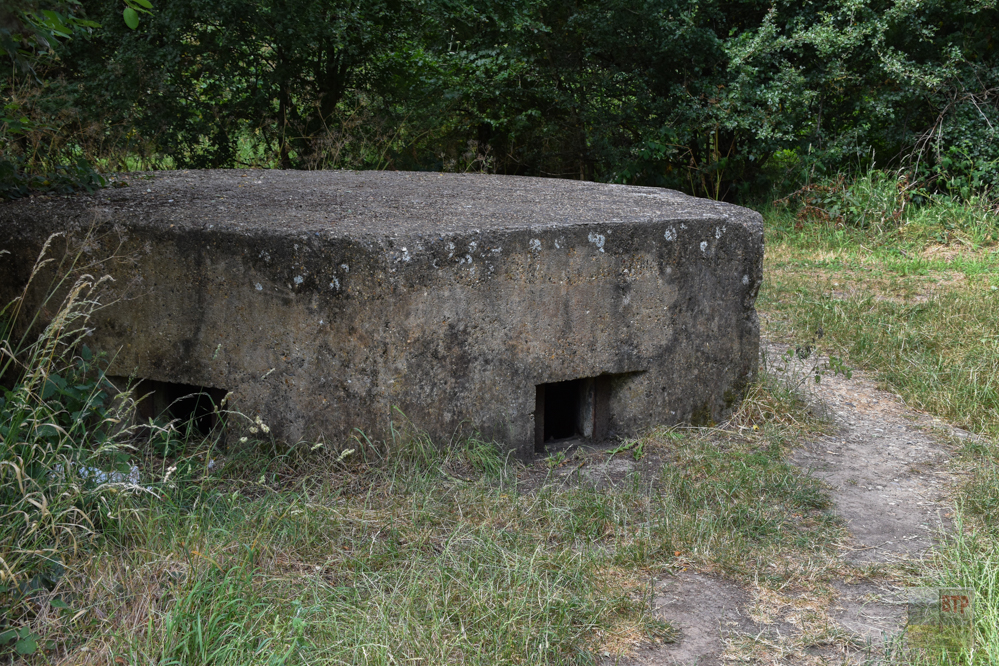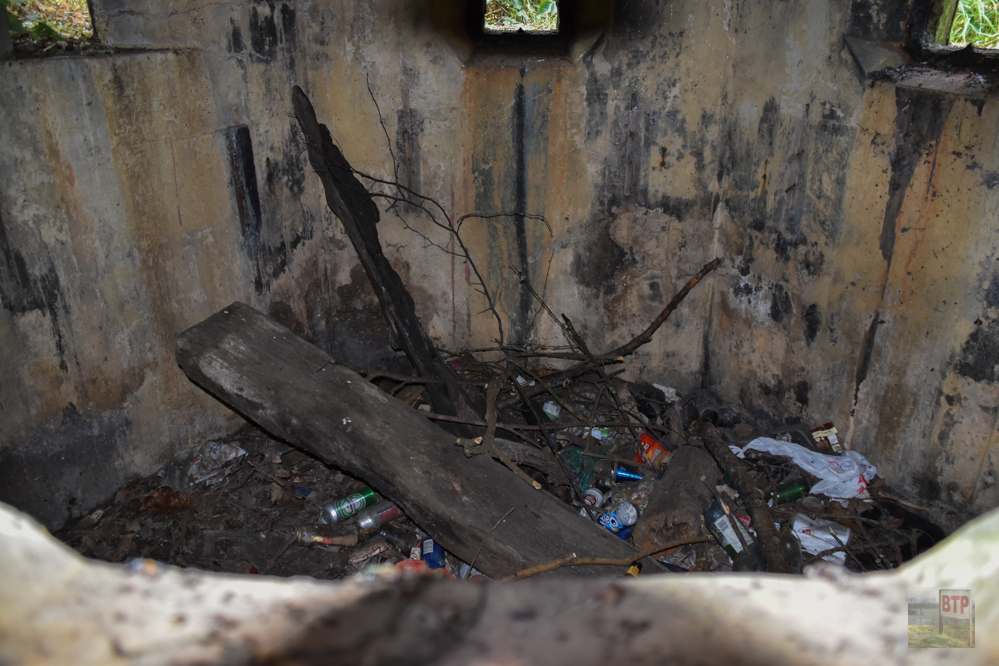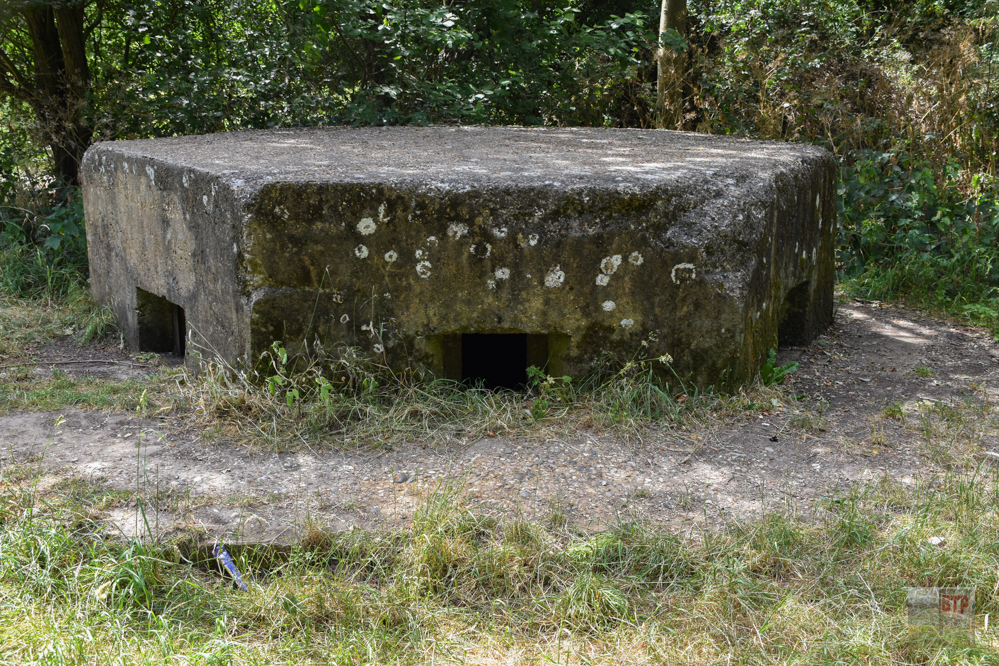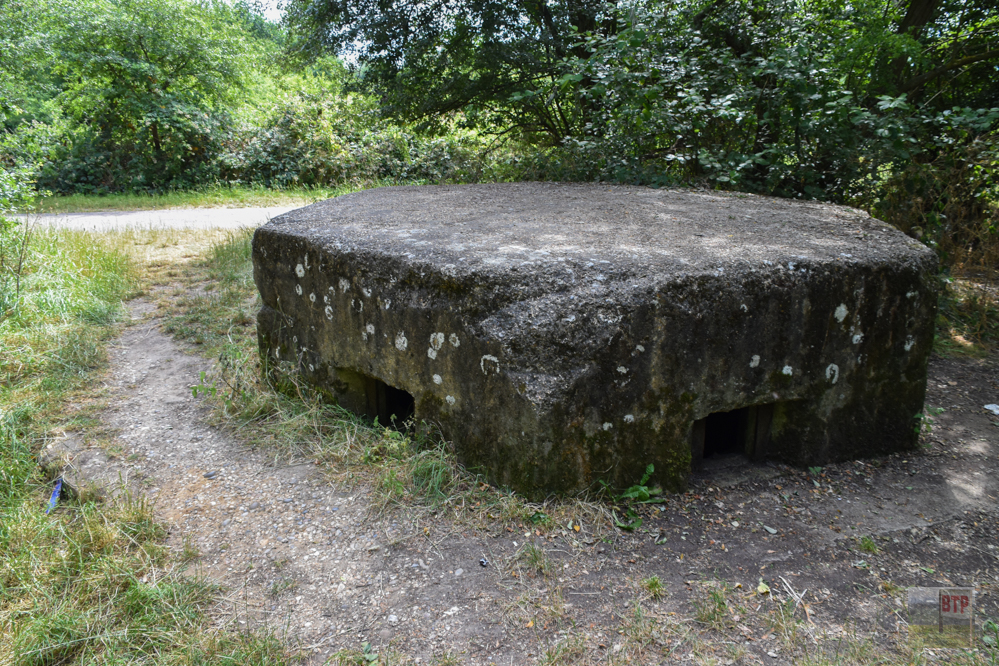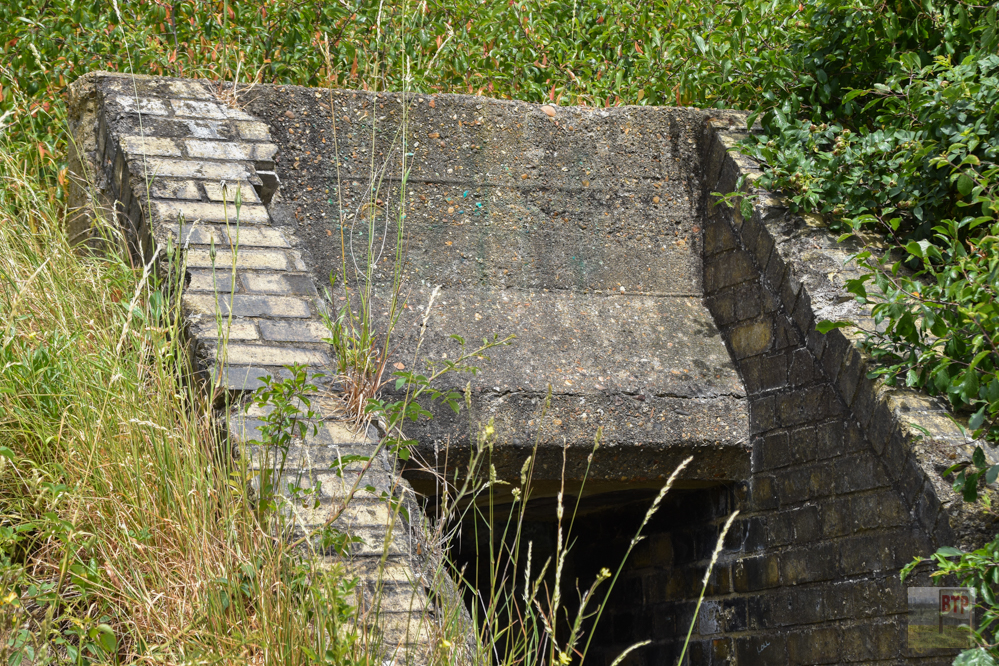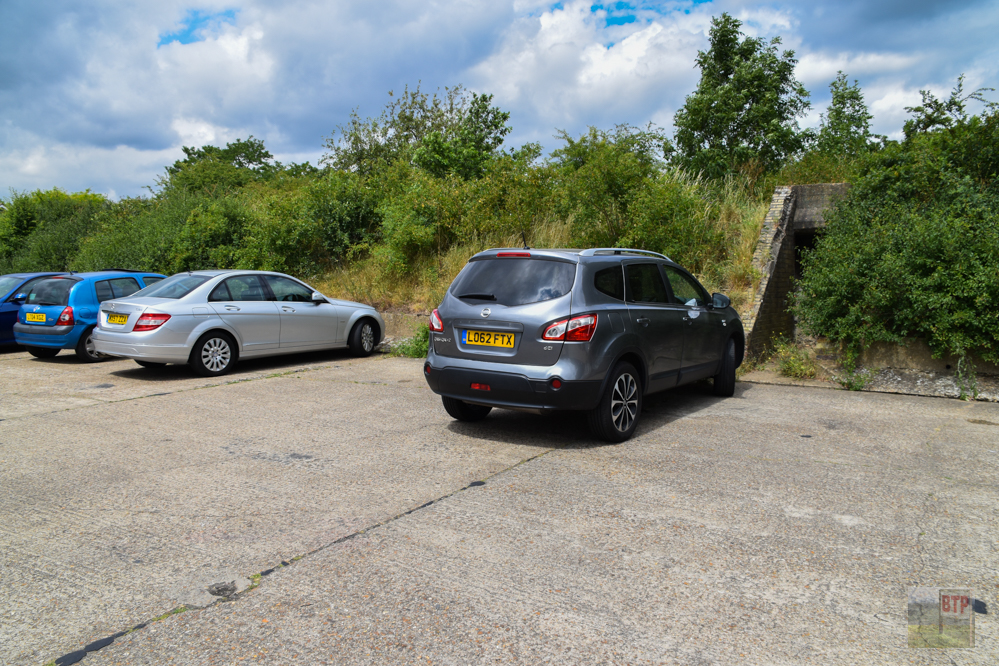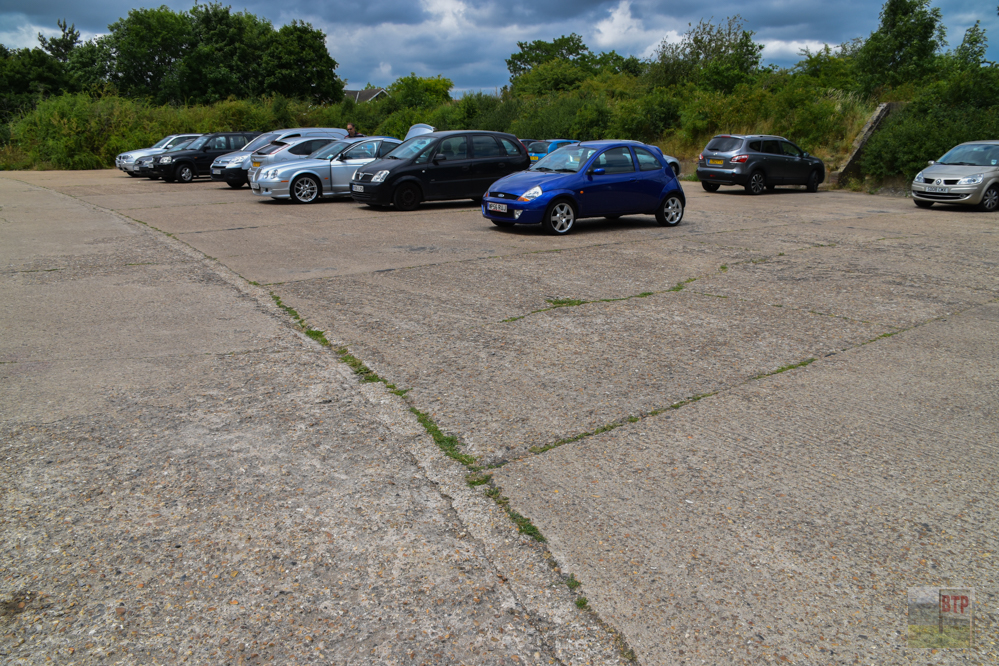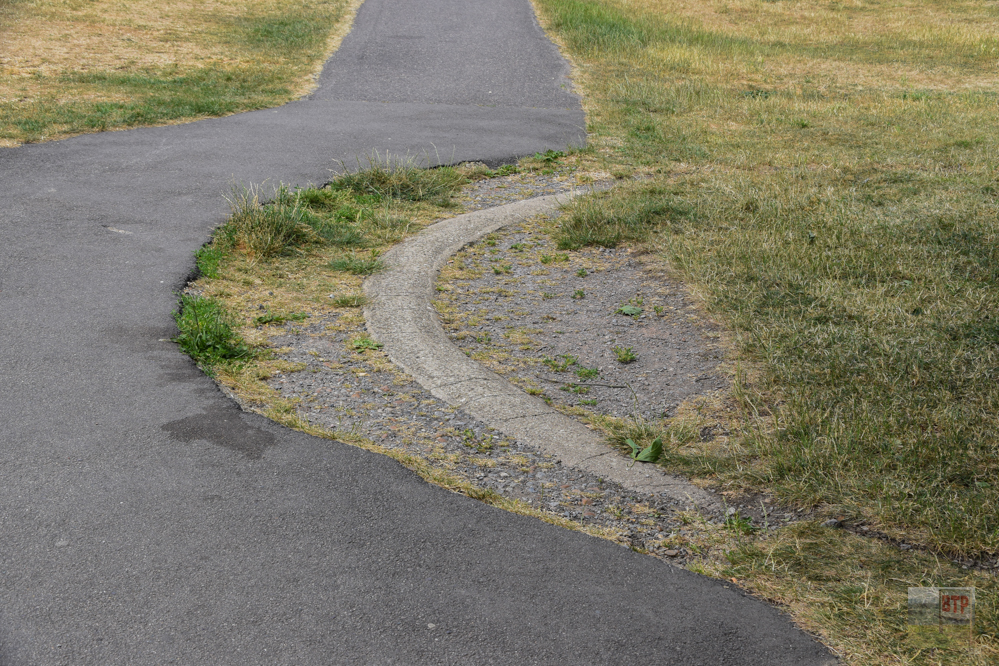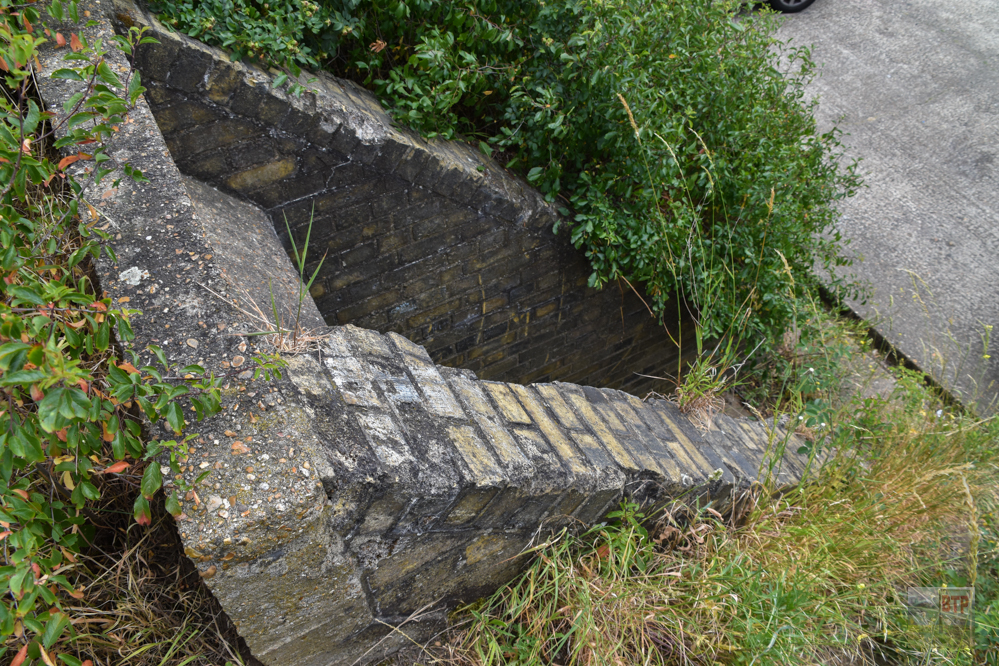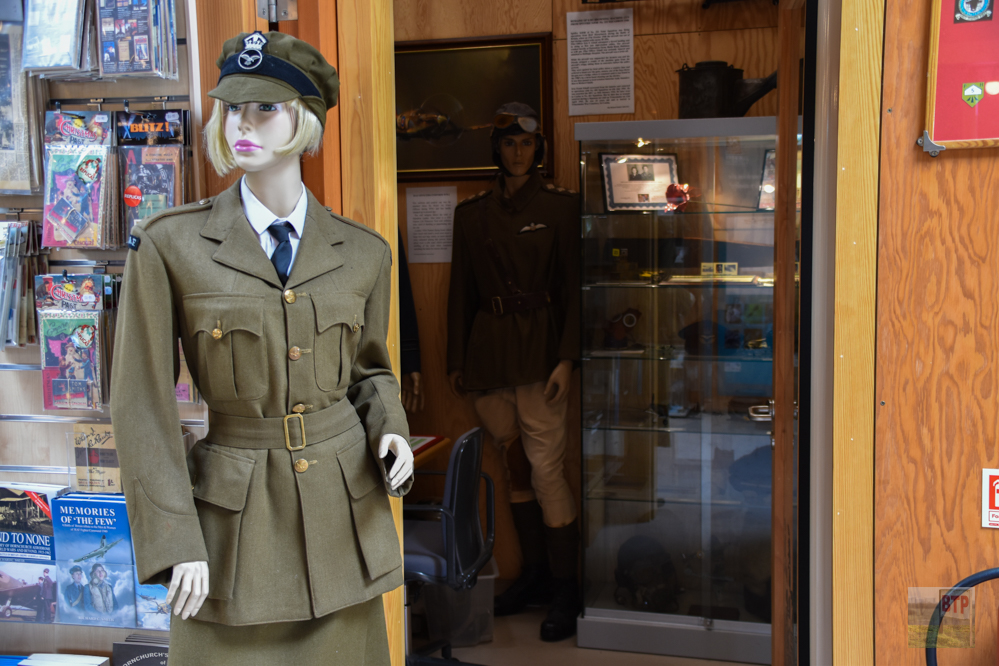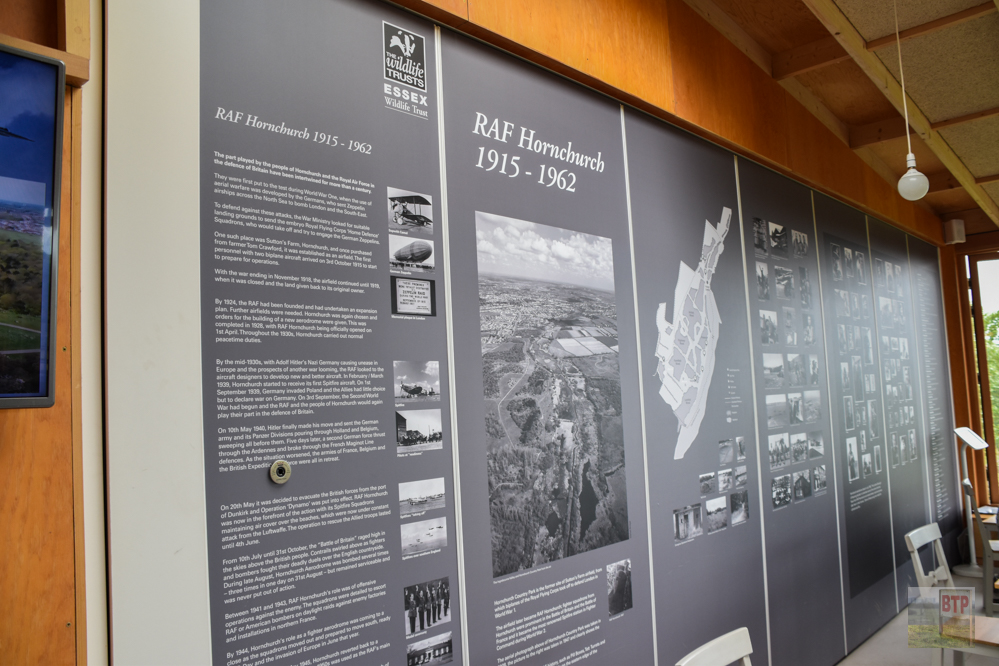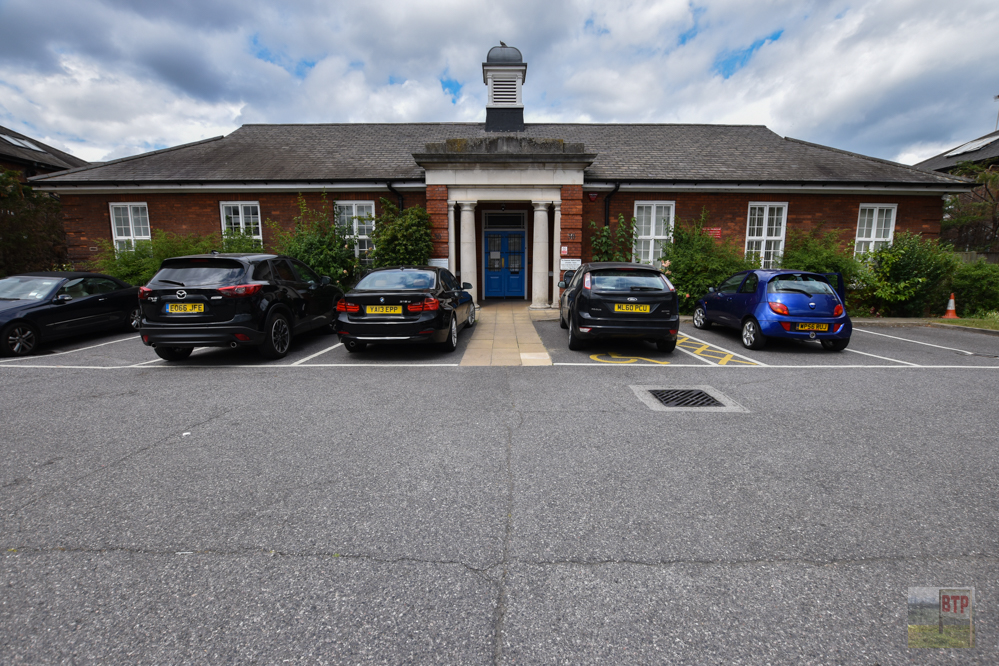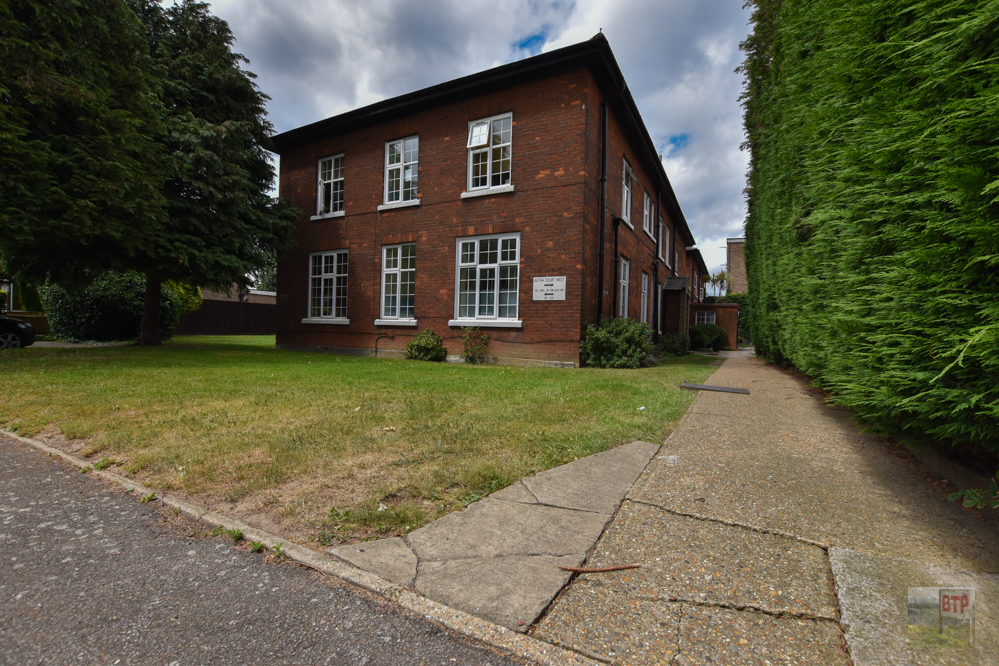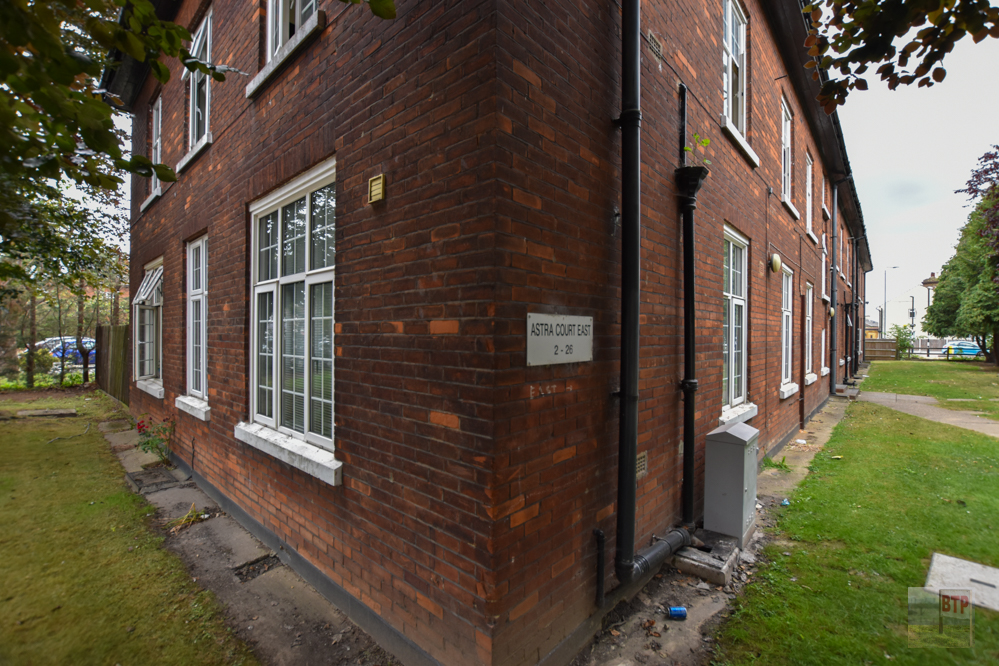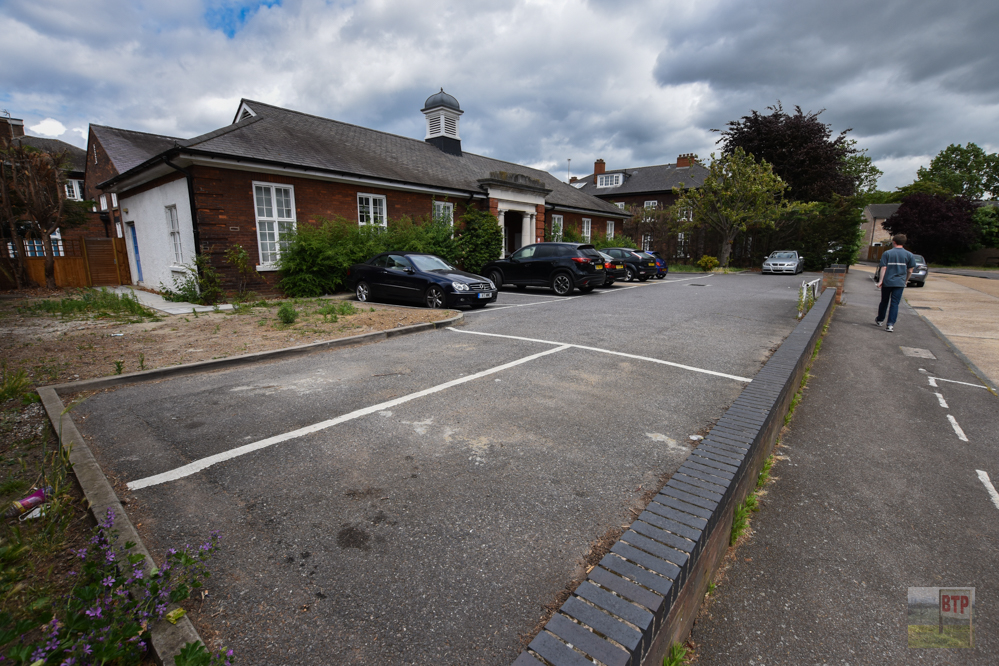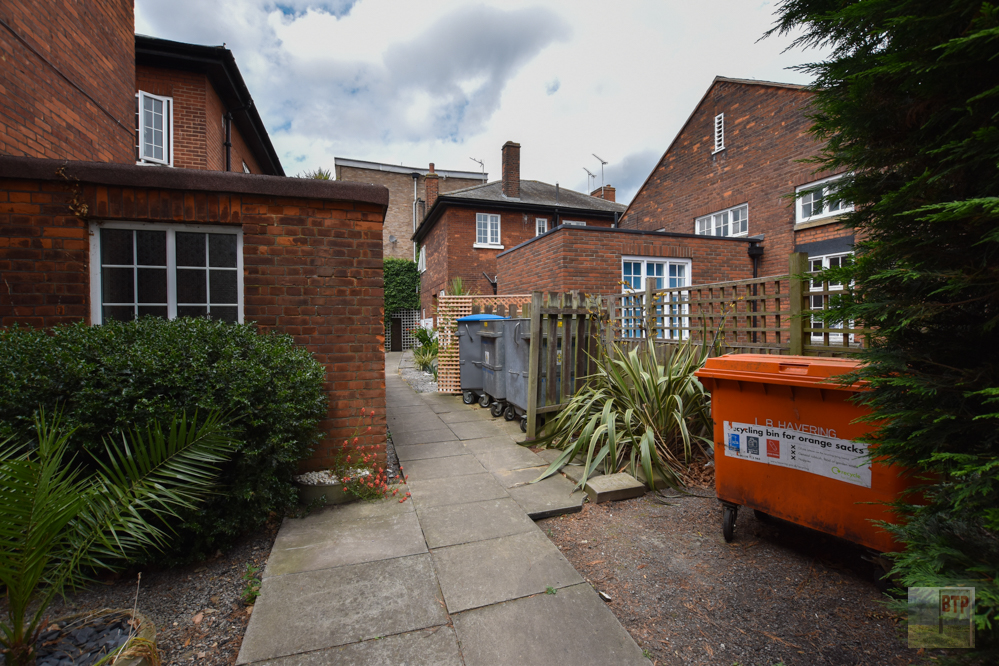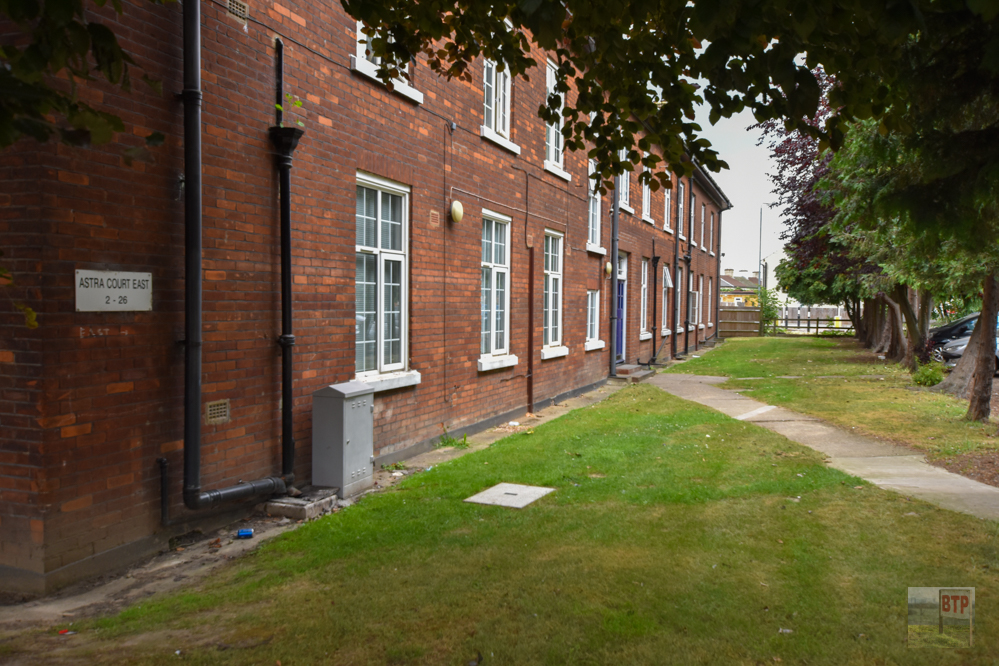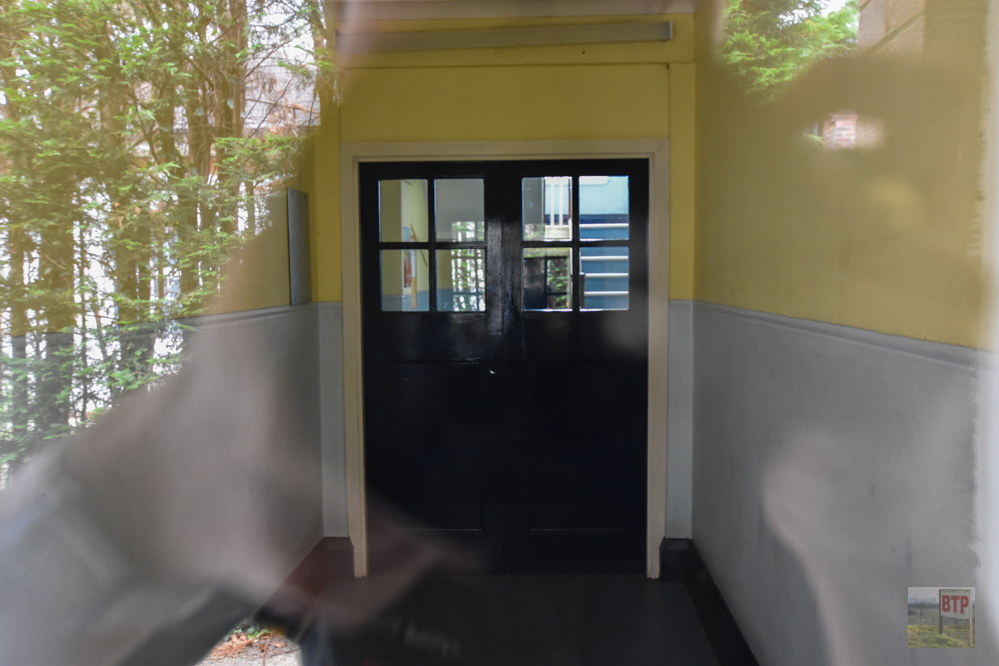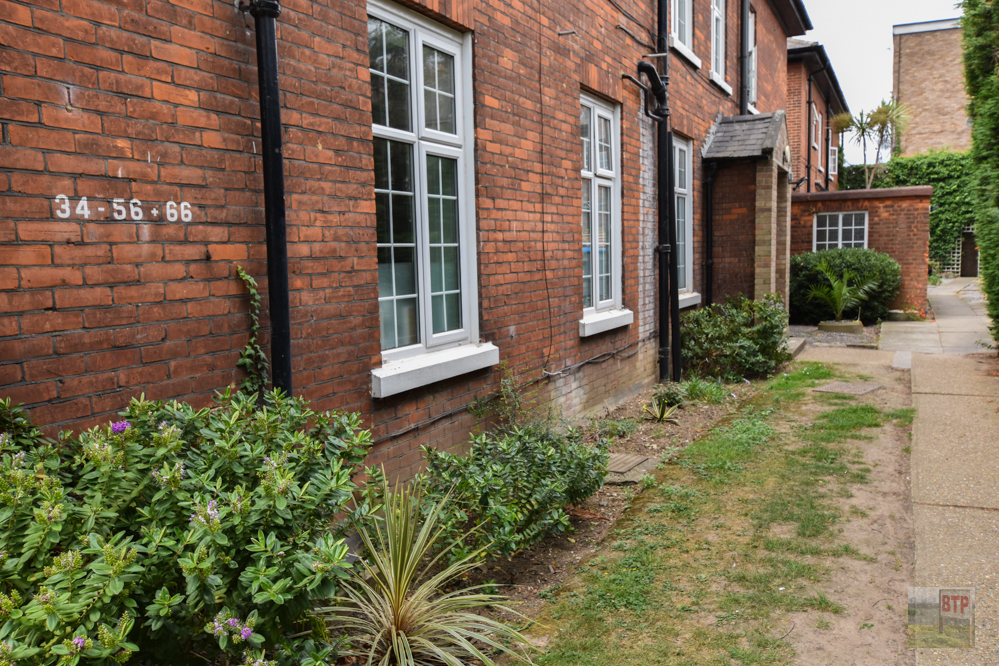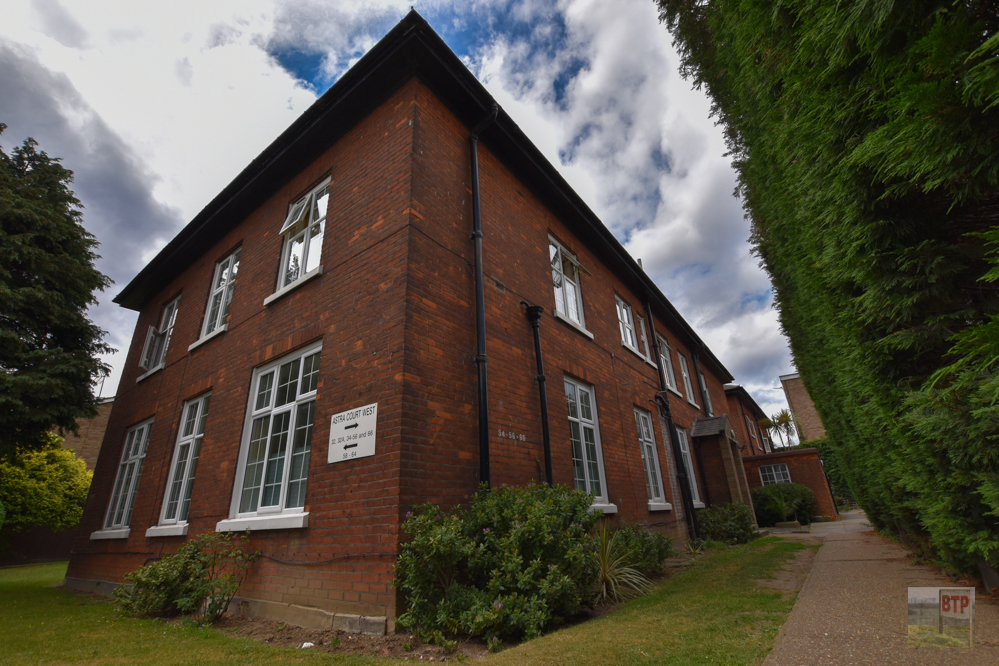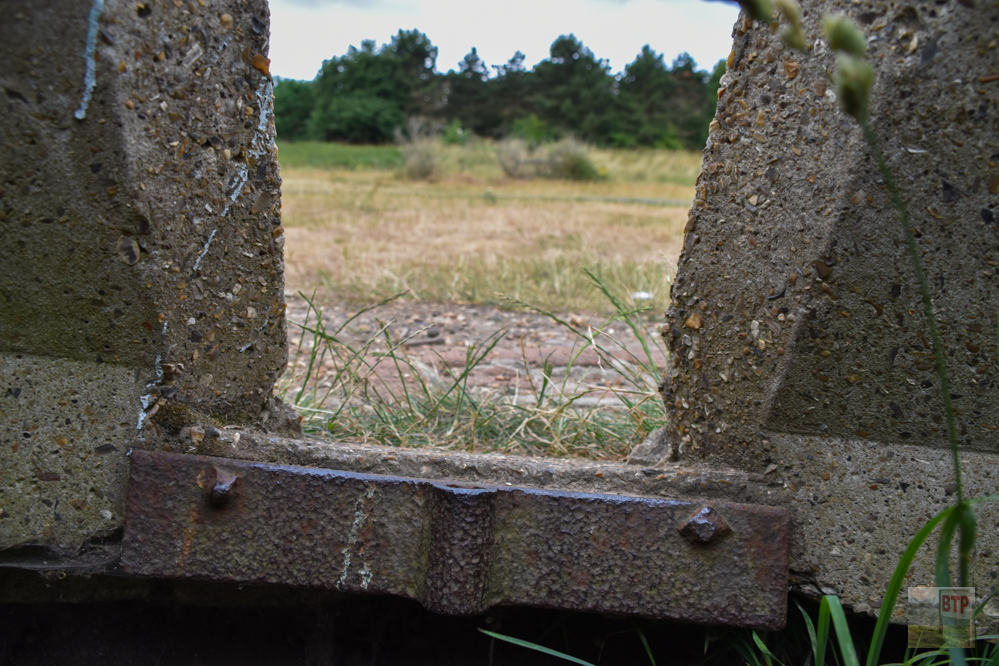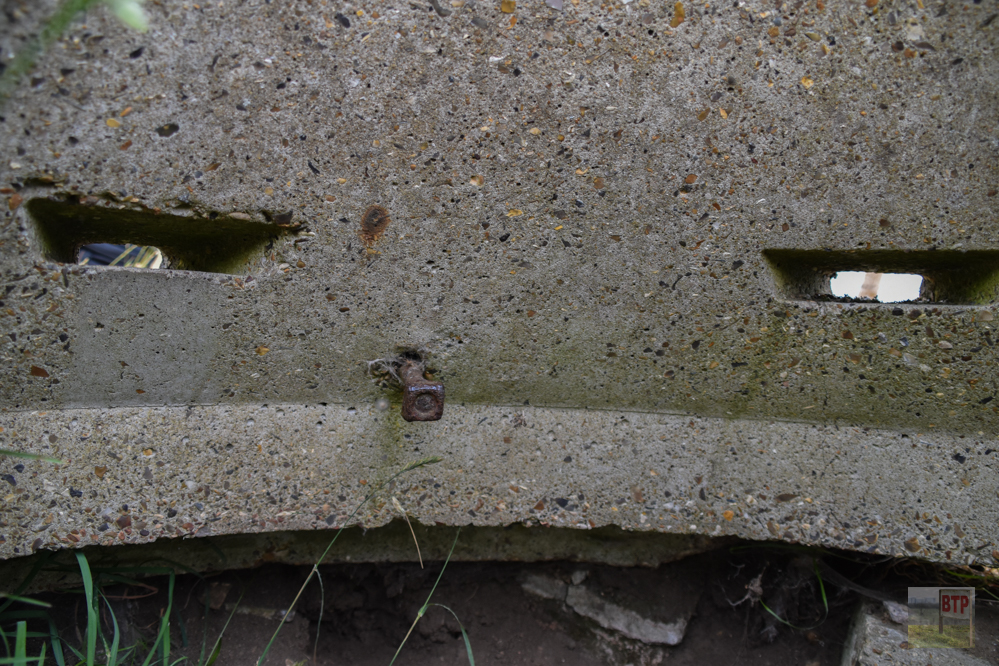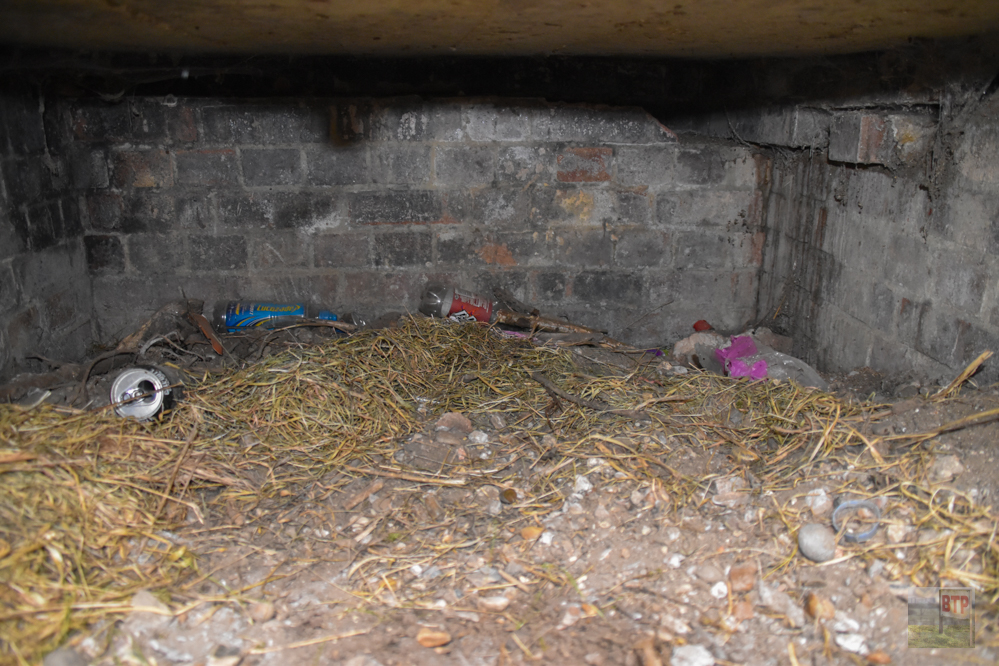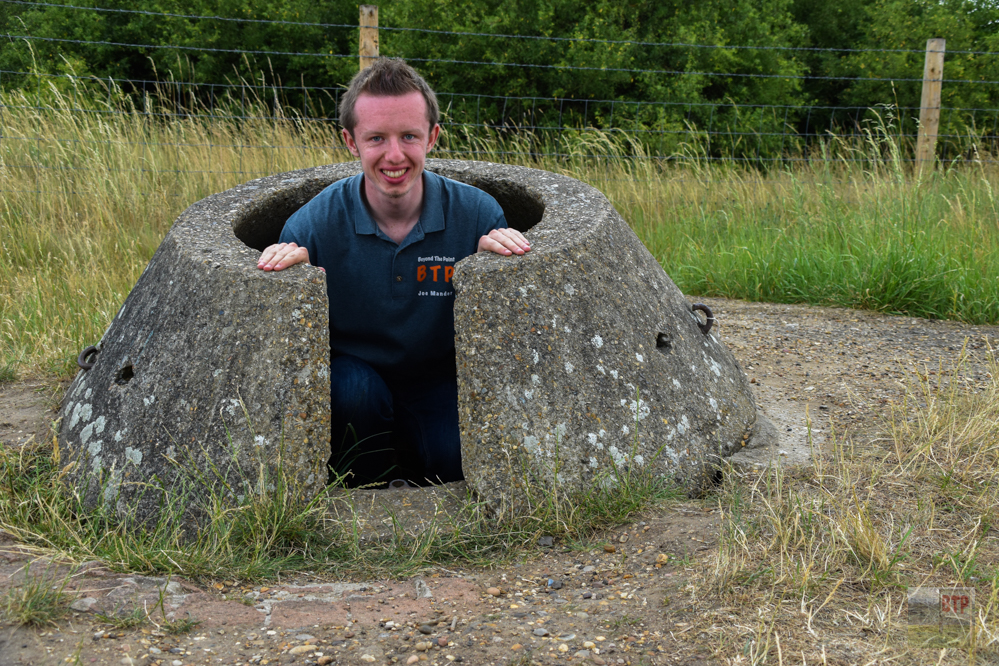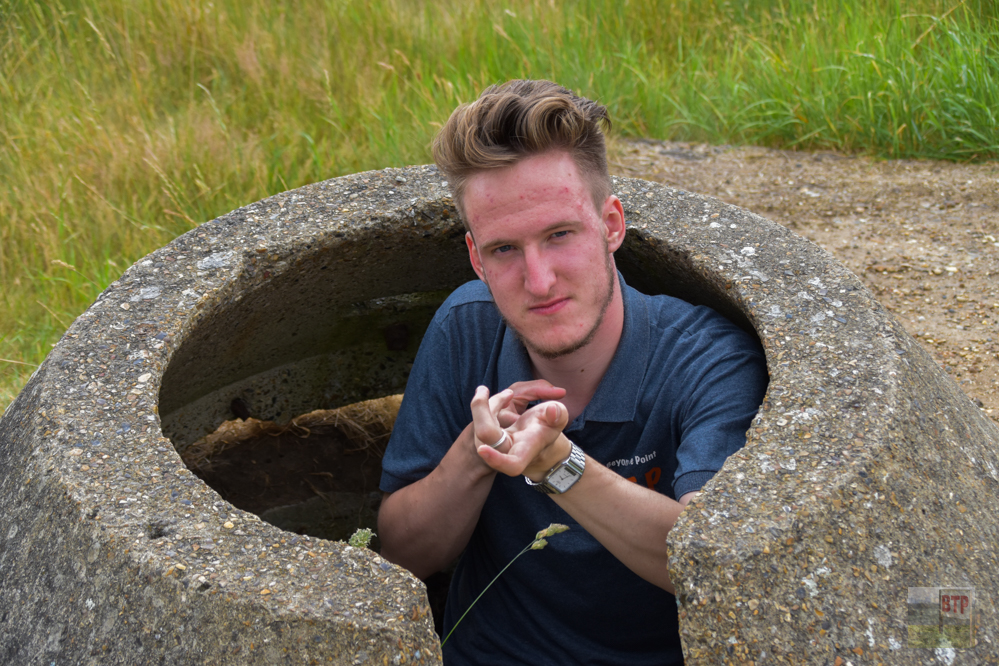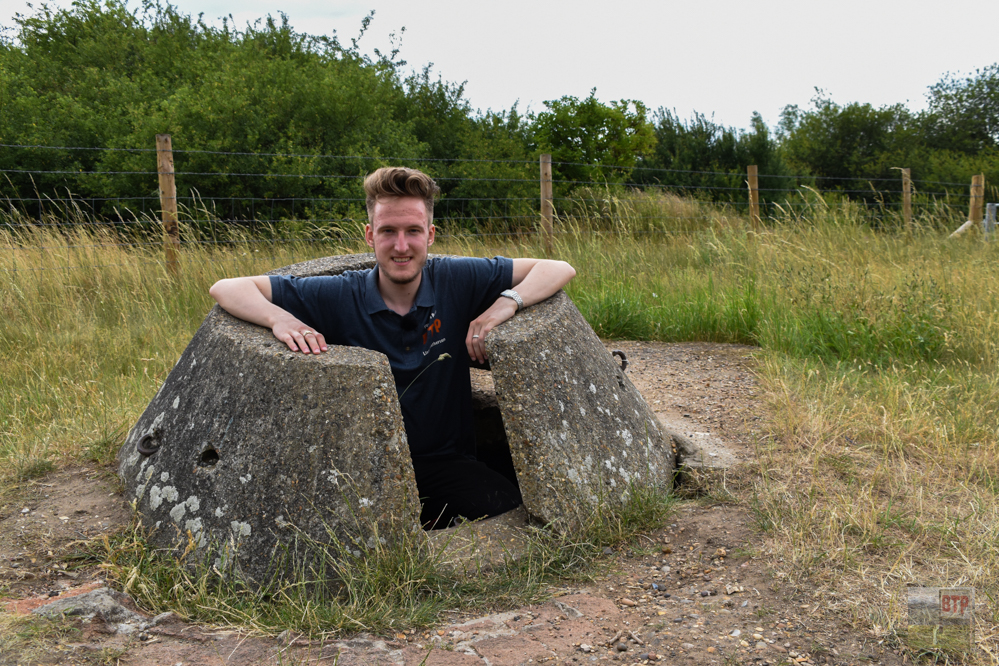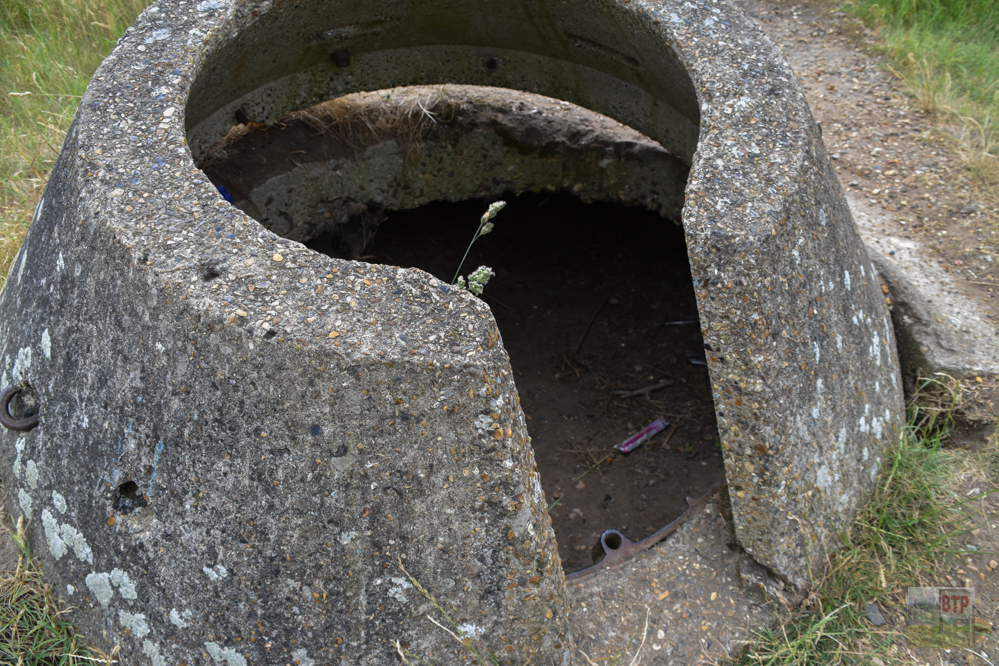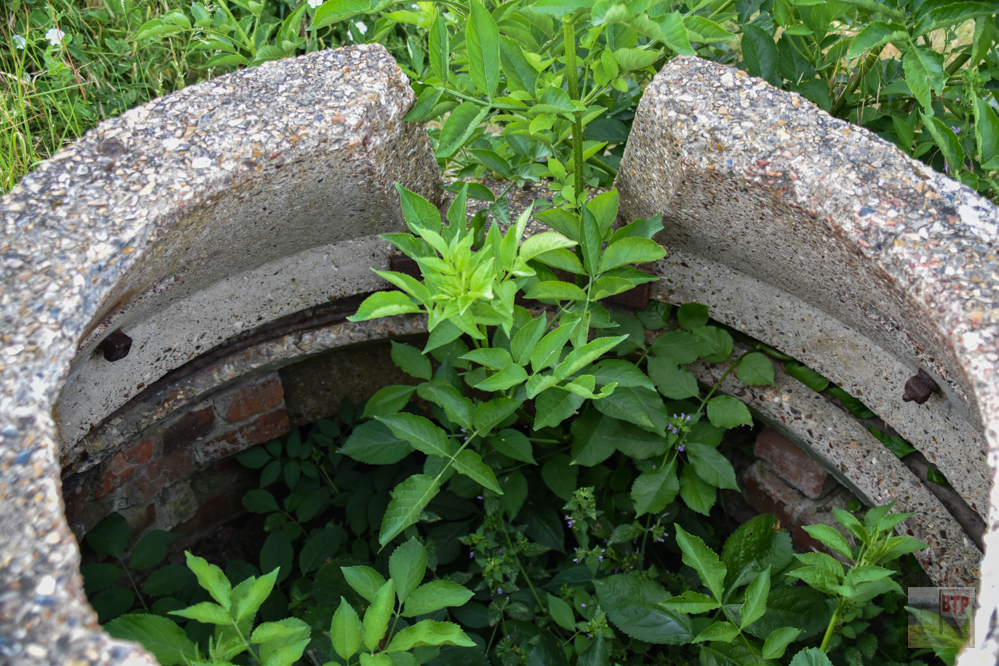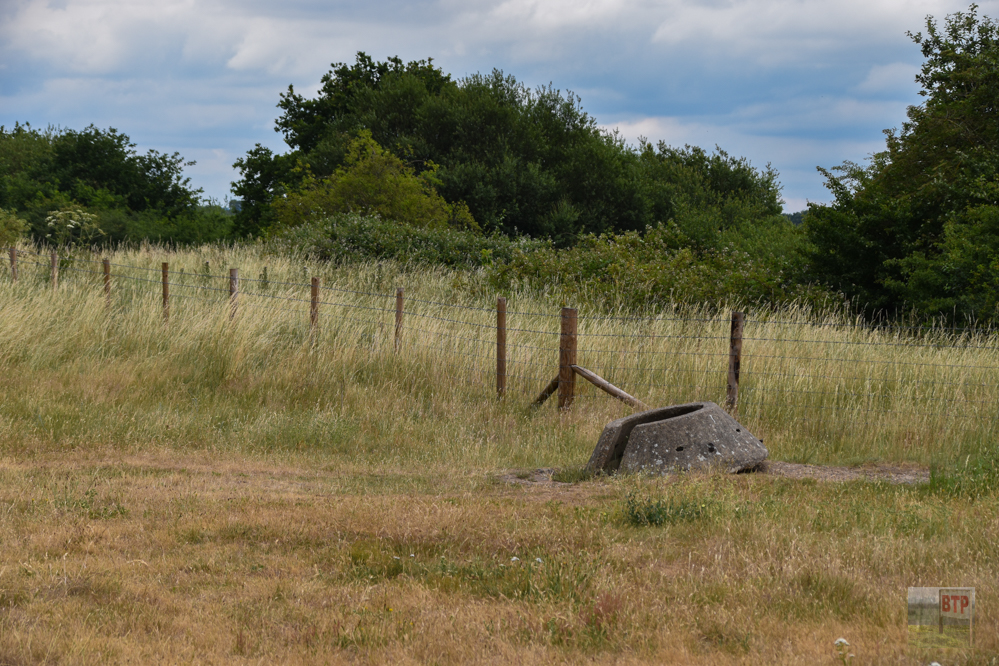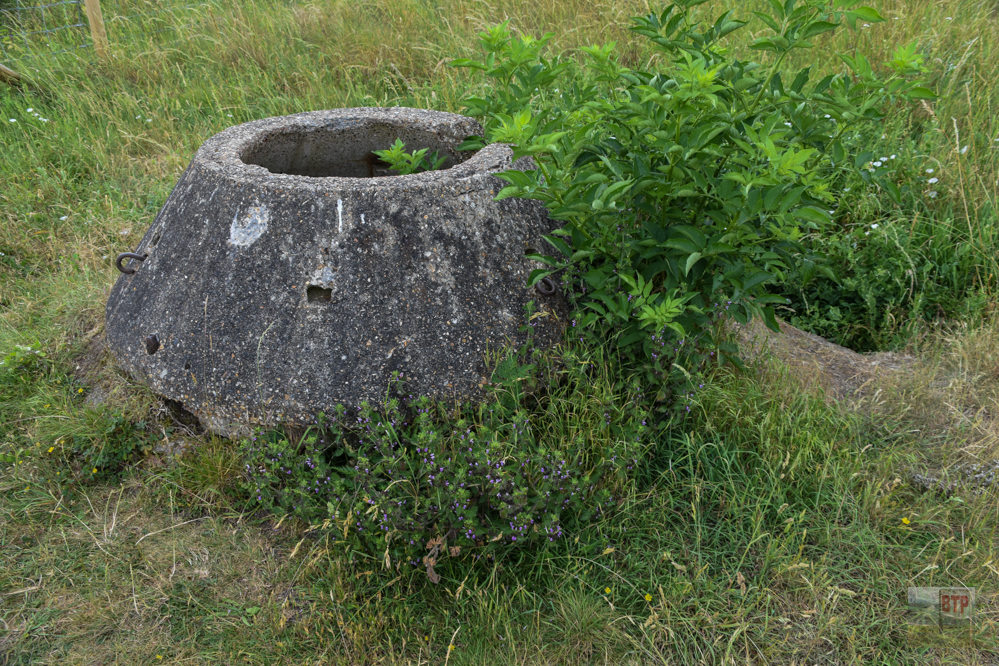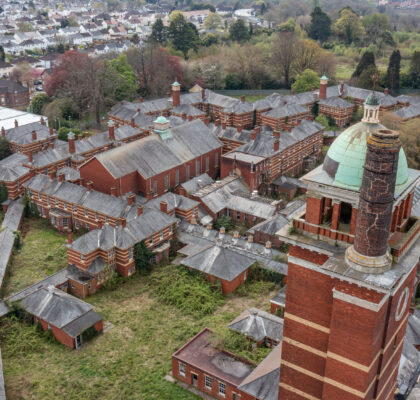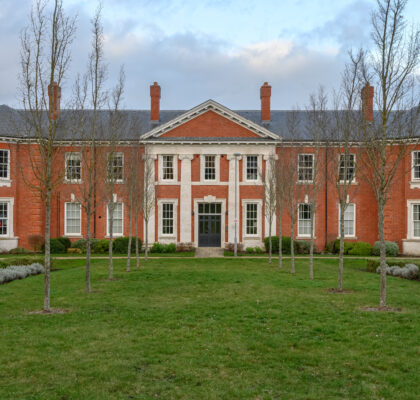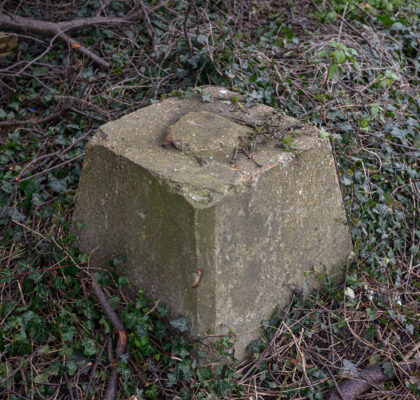What is RAF Hornchurch?
Hornchurch Country Park covers almost 105 hectares on the former site or RAF Hornchurch. Used today by dog walkers, fishermen and families; many historic remains are scattered around the park and we went to explore what still survives from the Second World War. The airfield has existed since 1915 as ‘Sutton Farm’, and served through the First World War until 1919 when the site lay dormant until it reopened slightly west as the much larger RAF Hornchurch in 1928. Most of the wooden Sutton Farm airfield buildings was demolished when the site was decommissioned in 1919, so what remains today dates from the Second World War. The airfield runs alongside the Ingreborne Valley and the vast area was used for gravel extraction and rubbish infill during the 1970s. In 1980, work began to convert the area into Hornchurch Country Park which it remains as today. Most structures on the airfield were levelled in this process, including two Type A hangars and one 1936 Type C hangar.
What role did RAF Hornchurch play in the Second World War?
The site’s close proximity to central London and the Thames means it was vital to the defence of the capital’s airspace. Over the course of the Second World War, RAF Hornchurch was bombed on 20 occasions. We actually found a round crater depression in a nearby field (pictured right); could this have been where a bomb hit? Some of the more notable planes used here included the classic Supermarine Spitfire fighter, the Bristol Blenheim turret-plane, and the Boulton Paul Defiant light bomber. ‘E’-shaped concrete pens were built at RAF Hornchurch which were designed to protect parked fighter planes from nearby bombing explosions. These were called ‘fighter-dispersal bays’. The fighter squadrons assigned to Hornchurch were first put to the test during the Dunkirk evacuations of 1940 where the beaches – crowded full of British soldiers, had to be protected from German air attack. 23 pilots at Hornchurch were killed or captured during the fighting. Following Dunkirk, the pilots based at Hornchurch had to be ready to defend the skies in the Battle of Britain. This was the first time RAF Hornchurch was bombed, destroying a newly-created officers mess. Airfields and air-superiority was extremely important at this time because if the Germans could control British airspace, they could then land troops from above. 205 enemy planes were destroyed by Hornchurch pilots during the Battle of Britain. Whilst the battle was a British victory, a German breakthrough had been expected and many of the structures remaining at RAF Hornchurch today were installed to defend the airfield from attack on the ground. These include pillboxes and tett turrets.
What remains from the Second World War today?
Numerous remains from the site’s military past remain today. On our visit, we found four pillboxes. Three were of a common hexagonal Type 22 design; one featuring a steel door presumably added alongside gravel extraction works at the site. The southern-most pillbox was hexagonal of Type 22 design, yet was buried and had a firing slit on every side with no visible door. The entrance would have been buried and would have let into the pillbox underground.
The country park features a visitors centre containing a small museum at the north of the site; this displays some of the historic artefacts uncovered from the airfield. More can be found at Purfleet Heritage & Military Centre. Close by lies a concrete ring in the ground; this would have been the base of a gun emplacement. The current carpark is actually one of the E-type fighter dispersal pens designed to protect parked planes from bombing. It features an adjacent air-raid shelter and whilst this entrance is visible, it has sadly been filled in with cement.
On the eastern edge of the park, two rare tett turrets are visible. Allegedly there are more in the bushes around here but we had no luck after some hands-on searching! Only a handful of tett turrets were ever made. These were made from concrete pipe, designed to allow a man to stand underground protected from fire by the earth and concrete. A rotating concrete cover would swivel on a ball-race and allowed for the man inside to fire a mounted machine gun out. Thin slits around the turret cap give a 360 degree view and small metal hooks on the exterior would have allowed camouflage to be added. Along with the pillbox featuring a buried entrance, they were excavated in 2002 for the TV programme ‘Two Men in a Trench’. Watch it here for some great footage of the buried pillbox entrance and the other hidden Tett turrets.
Just west of the country park, some of the administrative and accommodation buildings from the airfield can still be found. These include the Officers’ Mess (Astra House), Officers’ Quarters (Astra Close, West, North, and East), and WO Quarters (Wood Lane 89-99 odd numbers). The Good Intent pub, Southend Road, was popular with the crewmen and still holds information about the airfield. Its carpark was home to a large concrete dome used for gunner practise, although this is now demolished. The nearby St. George’s Hospital was built in 1939 and was used to house airmen during wartime.
The park and visitors centre is well worth a visit, and the remains can be publicly seen. There is apparently still numerous less-obvious remains we did not find; such as several more tett turrets, anti-glider cylinders, another E-type dispersal pen, and a compass setting-point. We found a circular depression in a field located to the south of the site, and we speculate this could well have been a bomb-crater.
There is plenty more information on the airfield’s history at ‘The RAF Hornchurch Project‘. It has a great interactive map showing the layout of the original airfield and the structures there.
PILLBOXES & BATTLE HEADQUARTERS
DISPERSAL PEN & GUN EMPLACEMENT
OFFICERS’ BUILDINGS
TETT TURRETS
Sources used:
https://en.wikipedia.org/wiki/RAF_Hornchurch
http://www.ukairfieldguide.net/airfields/SuttonsFarm
http://www.pastscape.org.uk/hob.aspx?hob_id=1393680
http://www.rafhornchurch.thehumanjourney.net

